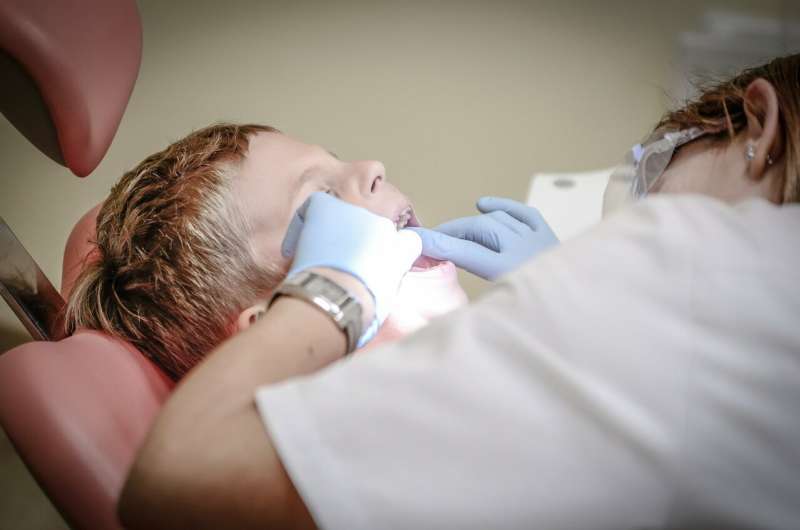Enhancing Pediatric Dental Health: Widespread Adoption of Fluoride Varnish Through Quality Improvement Initiatives

A comprehensive quality improvement initiative significantly increased the application of fluoride varnish in pediatric primary care, promising better oral health outcomes for children nationwide.
Researchers at the Children's Hospital of Philadelphia (CHOP) have demonstrated that implementing targeted, multifaceted strategies can significantly increase the use of fluoride dental varnish in pediatric care settings. This intervention aimed to promote better oral health by boosting application rates of this protective treatment, which strengthens tooth enamel and reduces the risk of dental decay in children.
In a comprehensive study conducted from July 2023 to October 2024, the team utilized a variety of methods including electronic health record prompts, educational sessions at practices, certification audits, and financial incentives to encourage dentists and pediatricians to routinely apply dental varnish to children aged 6 months to 5.99 years. The goal was to increase application rates from a baseline of just 5% to at least 20% within a year.
The results surpassed expectations, with application rates rising from 3.7% pre-intervention to an impressive 30.5%, across a total of 92,056 eligible visits. At the peak, over half of the children received annual varnish applications, a substantial jump from the initial 25%. This improvement was observed across all participating sites, with the number of practices adopting the practice expanding from six to all 33 within the network. The study also showed increased insurance reimbursement for these preventive services.
Despite clinical guidelines and broad insurance coverage, national rates of dental varnish application in pediatric primary care remain low—fewer than 10% for children with Medicaid and only 5% for children with commercial insurance. This study highlights that quality improvement measures can dramatically enhance preventive dental practices, making a considerable difference in child oral health.
The findings, published in the journal Pediatrics under the title "Increasing Dental Varnish Rates in a Large Pediatric Care Network: A Quality Improvement Effort," suggest that simple yet targeted interventions can serve as a scalable model for improving oral health practices nationwide. Dr. Brian Jenssen, the senior study author, emphasized that such strategies could be easily implemented across other health care systems to achieve similar improvements in preventive oral care.
Stay Updated with Mia's Feed
Get the latest health & wellness insights delivered straight to your inbox.
Related Articles
Analyzing Kennedy's Misguided Claims on mRNA Vaccines and Their Impact on Policy
Kennedy's claims about mRNA vaccines are scientifically unfounded and threaten to impact public health policies. Expert analysis clarifies the safety and efficacy of these vital vaccines amidst ongoing controversy.
UK Tightens Regulations to Combat Unsafe Cosmetic Procedures
The UK is implementing stricter regulations to combat unqualified and unsafe cosmetic procedures, protecting patients from dangerous interventions and reducing health risks.
Supporting Older Adults Through Healthcare Visits: The Impact of Companions
A new survey reveals that companions significantly enhance healthcare experiences for older adults, improving communication, emotional support, and care quality. Learn how encouraging companion involvement can benefit seniors' health management.
How Colonic Inflammation Links Obesity to β-Cell Growth and Diabetes Development
New research reveals that colon inflammation triggers a liver-pancreas pathway promoting β-cell proliferation, offering insights into obesity-related diabetes development. This discovery highlights potential therapeutic targets for diabetes prevention.



